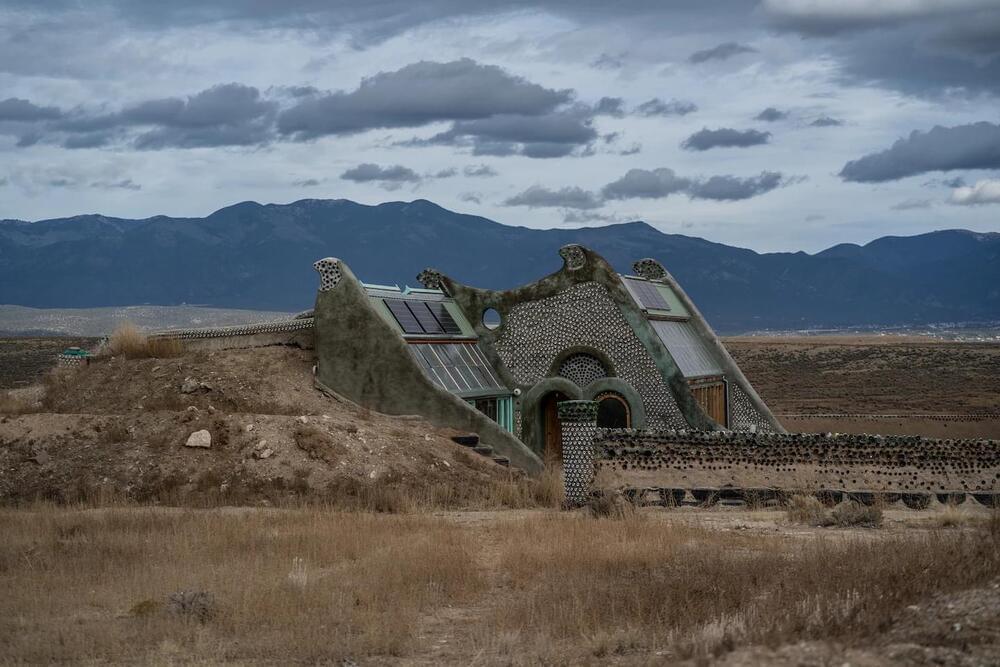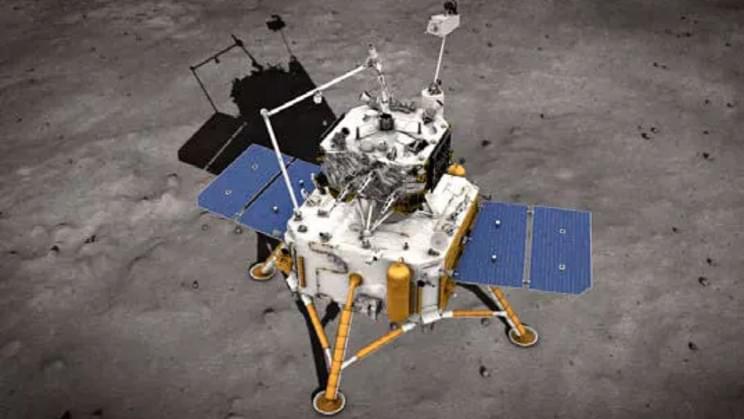10 ROBOT Predictions For 2022 | Boston Dynamics.
🔔 Subscribe now for more Artificial Intelligence news, Data science news, Machine Learning news and more.
🦾 Support us NOW so we can create more videos: https://www.youtube.com/channel/UCItylrp-EOkBwsUT7c_Xkxg.
If you’re anything like us, you probably can’t wait for the day you can go to the store and easily (and cheaply) buy a robot to clean your house, wait on you and do whatever you want. We know that day is a long way off, but technology is getting better all the time. In fact, some high-tech companies have already developed some pretty impressive robots that make us feel like the future is here already.
#Robot #Bostondynamics #futuretechnology.
📺 Fun fact: Smart people watch the entire video!
🤖 AI News Daily provides the latest Artificial Intelligence news and trends. Explore industry research and reports from the frontline of AI technology news.






